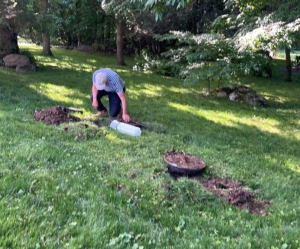What Are Asphalt Shingles?
Asphalt roof shingles are among the most popular roofing materials in North America due to their affordability, durability, and ease of installation. They are made from a fiberglass or organic base, coated with asphalt, and topped with ceramic granules to provide protection against the elements.
How Do Asphalt Shingles Work?
Installed in overlapping layers, asphalt shingles create a watertight barrier that shields the roof from rain, snow, and wind. The ceramic granules help reflect UV rays, preventing premature deterioration. Additional roofing components like underlayment, sheathing, and flashing enhance durability and weather resistance.
Types of Asphalt Shingles
3-Tab Shingles
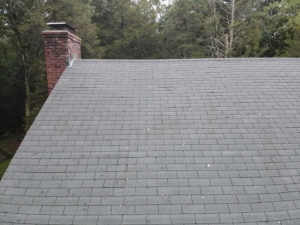
3-Tab Shingles
A budget-friendly option, 3-tab shingles have a uniform, flat appearance and typically last between 15 and 20 years. However, they are less durable and more susceptible to wind and weather damage.
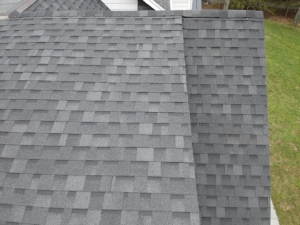
Architectural Shingles
Architectural Shingles
Also known as laminated shingles, architectural shingles have multiple asphalt layers, providing enhanced durability and a dimensional look. They generally last 25 to 30 years and offer better wind resistance.
Dimensional Shingles
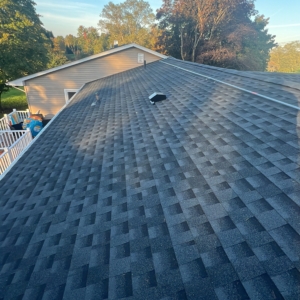
Dimensional Shingles
A premium option, dimensional shingles provide superior durability and an attractive aesthetic. Their increased thickness improves resistance to extreme weather and extends their lifespan beyond 30 years when properly maintained.
Benefits of Asphalt Shingles
Homeowners prefer asphalt shingles because they are cost-effective, easy to install, and available in a variety of colors and styles. They perform well in diverse weather conditions and are compatible with different roof styles and pitches.
Lifespan and Durability
Asphalt shingles typically last 15 to 30 years, depending on installation quality, climate, and maintenance. Extreme weather conditions such as storms, high winds, and prolonged sun exposure can shorten their lifespan. Regular inspections and timely repairs help maximize longevity.
Maintenance and Care
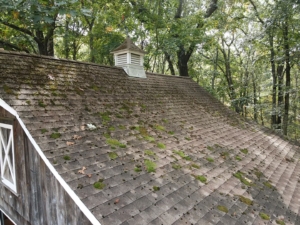
Moss Growth
Annual roof inspections and after-storm checks help identify curling, cracking, or missing shingles. Keeping gutters clean prevents water damage, while addressing moss, algae, and lichen growth helps avoid moisture retention. Using a roof-safe cleaning solution and ensuring adequate attic ventilation extend roof life. Never power wash a roof, as high-pressure water can strip away granules and damage shingles.
Signs You Need to Replace Asphalt Shingles
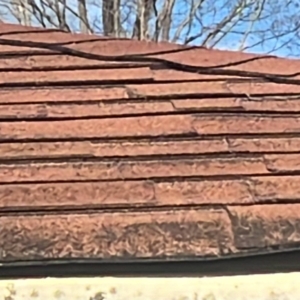
Beyond Servicable Life
Common indicators of a failing roof include curling, cracking, or missing shingles, granule loss, attic leaks, and visible water stains on ceilings. If these issues arise, a professional inspection is recommended.
Roll Roofing vs. Asphalt Shingles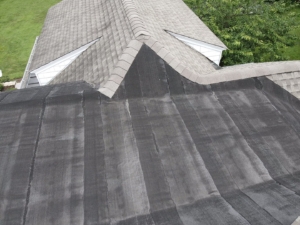
Roll roofing is a cost-effective solution for low-slope structures like sheds, garages, and secondary roof sections. While easy to install, it is less durable than asphalt shingles. It is sometimes used on areas not visible from the ground as a budget-conscious alternative.
Essential Roofing Components
Sheathing and Structural Considerations
Older roofs may have 3/8-inch sheathing, which is prone to sagging. Upgrading to 1/2-inch or 5/8-inch sheathing during roof replacement improves structural integrity. Zip System sheathing, featuring an integrated weather barrier, enhances moisture resistance and reduces the need for traditional underlayment.
Flashing Materials and Benefits
Flashing prevents water intrusion at roof joints and penetrations. Options include:
- Copper: Durable, corrosion-resistant, and long-lasting but costly.
- Aluminum: Lightweight, rust-resistant, and affordable but may corrode in coastal areas.
- Steel: Galvanized or coated steel offers durability but requires maintenance.
Ice and Water Shielding
This self-adhering underlayment protects against leaks caused by wind-driven rain and ice dams. Typically installed in valleys, eaves, and around penetrations, it extends at least 24 inches from the roof edge. Standard rolls are 36 inches wide, though 18-inch rolls are available. When extra coverage is needed, multiple layers can be applied to meet specific requirements.
Ice Damming and Roof Protection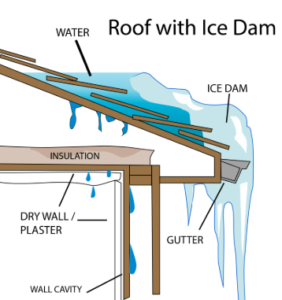
Ice dams form when melted snow refreezes at the eaves, preventing proper drainage. This leads to water backing up under the shingles, causing leaks and structural damage. Proper attic insulation and ventilation help maintain consistent roof temperatures, reducing ice dam risks. Ice and water shielding provides an additional protective layer against water infiltration.
Shingle Weight and Structural Considerations
Shingles vary in weight per square, impacting the load a roof must support. Heavier shingles, such as premium dimensional options, add extra weight, which may not be suitable for older structures or regions with heavy snow loads. Before upgrading to heavier shingles, homeowners should ensure their roof structure can handle the additional weight.
Environmental Impact and Recycling
Many recycling programs repurpose old asphalt roof shingles for road construction and other applications. Homeowners can also choose energy-efficient shingles with reflective coatings to reduce heat absorption and cooling costs.
Final Thoughts
Asphalt shingles offer an affordable and durable roofing solution. Proper maintenance, timely repairs, and selecting the right materials extend a roof’s lifespan and protect a home’s structural integrity. Regular inspections help prevent costly damage and ensure long-term reliability.
At On Point Home Inspections, we provide expert inspections, empowering informed home purchases. We are your trusted inspection professionals, offering a full range of inspection services in Wilton, Norwalk, Stamford, Darien, New Canaan, and throughout Fairfield County, as well as across Connecticut and New York. Contact On Point Home Inspections to schedule with us today!

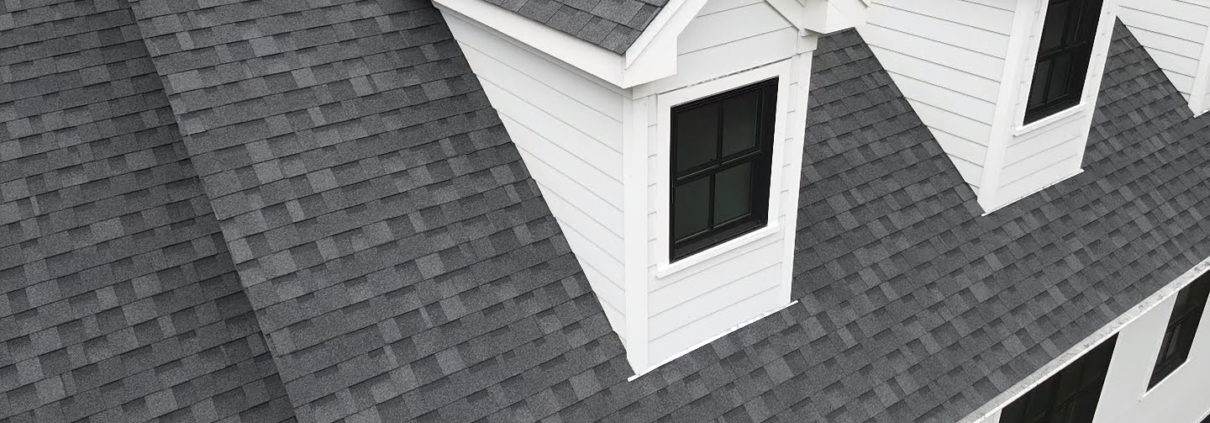
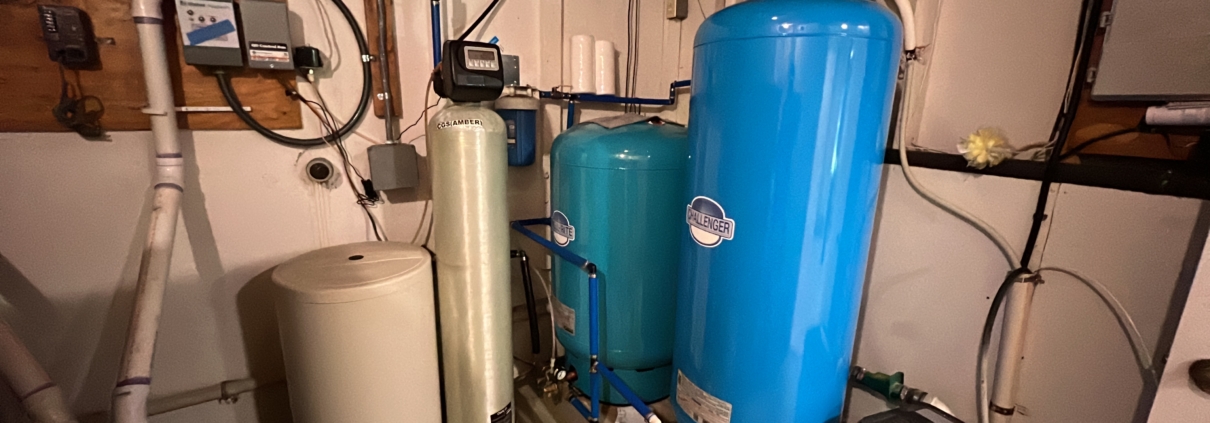
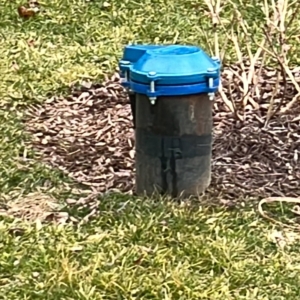

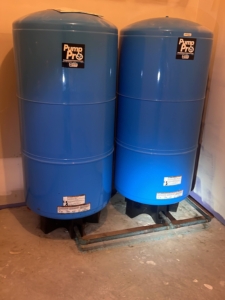 Water storage tanks are essential for homeowners who require additional water capacity. These tanks hold a reserve supply, ensuring a steady flow of water even during high-demand periods. Storage tanks help stabilize pressure, reduce pump cycling, and provide backup water in case of pump failure. Flow rates and water pressure are key factors in well performance. The flow rate, measured in gallons per minute (GPM), indicates how much water the well can supply at a given time. A lower-than-expected flow rate may indicate a problem with the pump or the well’s recharge rate. Water pressure should be consistent throughout the home, typically ranging between 40-60 psi for optimal function.
Water storage tanks are essential for homeowners who require additional water capacity. These tanks hold a reserve supply, ensuring a steady flow of water even during high-demand periods. Storage tanks help stabilize pressure, reduce pump cycling, and provide backup water in case of pump failure. Flow rates and water pressure are key factors in well performance. The flow rate, measured in gallons per minute (GPM), indicates how much water the well can supply at a given time. A lower-than-expected flow rate may indicate a problem with the pump or the well’s recharge rate. Water pressure should be consistent throughout the home, typically ranging between 40-60 psi for optimal function.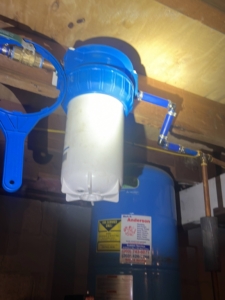
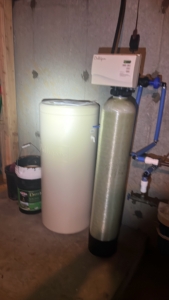
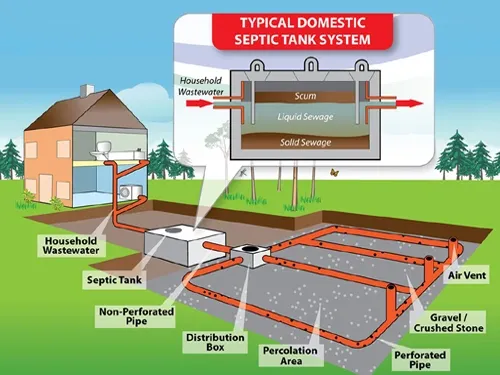
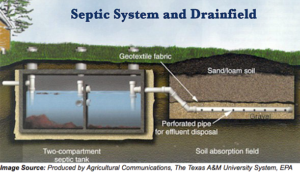
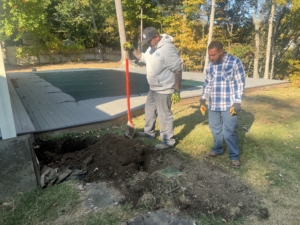
 Using a sewer scope camera during a septic inspection provides valuable insights into the condition of your system. A small, waterproof camera is inserted into the pipes to check for blockages, leaks, root intrusions, or signs of damage. This technology helps identify problems early, preventing costly repairs and system failures. It also provides visual confirmation of pipe integrity, ensuring that the septic system is functioning efficiently.
Using a sewer scope camera during a septic inspection provides valuable insights into the condition of your system. A small, waterproof camera is inserted into the pipes to check for blockages, leaks, root intrusions, or signs of damage. This technology helps identify problems early, preventing costly repairs and system failures. It also provides visual confirmation of pipe integrity, ensuring that the septic system is functioning efficiently.